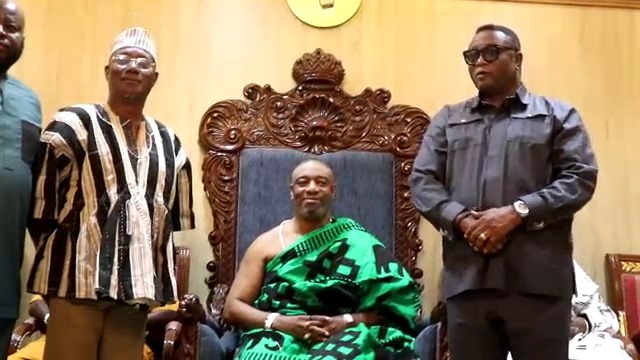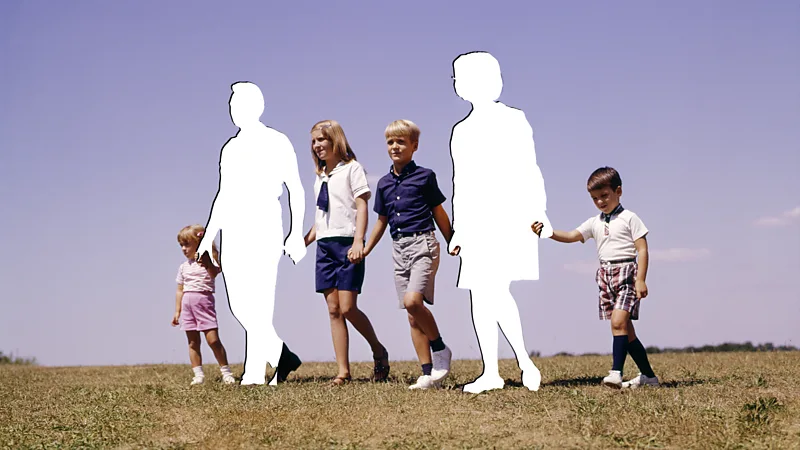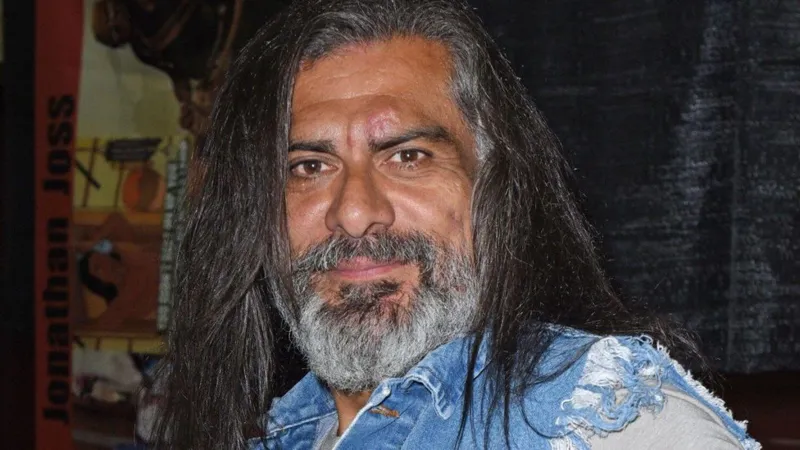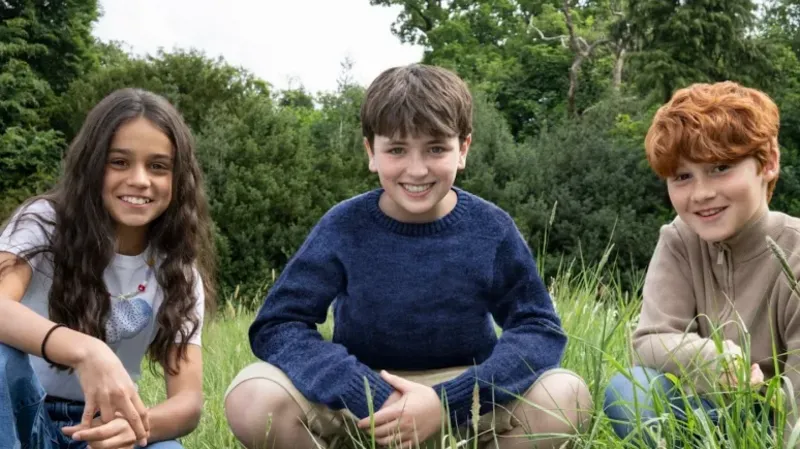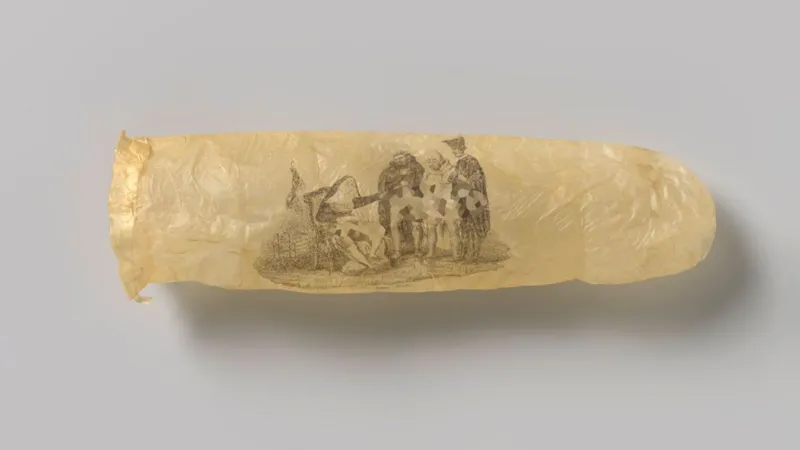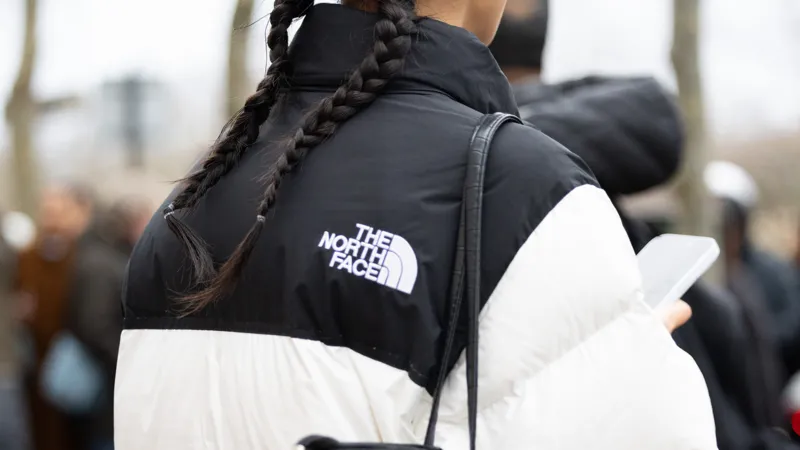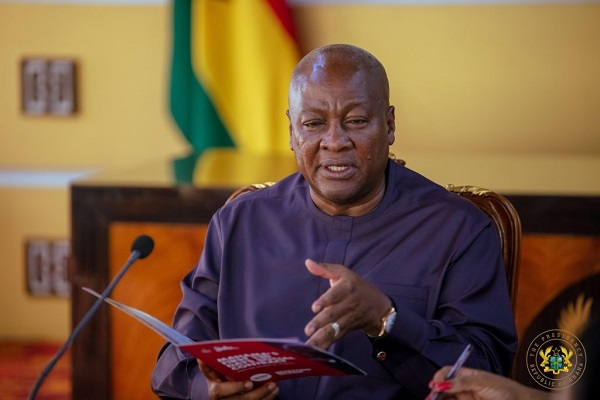Kama muta: the powerful emotion you didn’t know you had
Psychology

I am about 20 minutes into my conversation with the psychological anthropologist Alan Fiske when he starts talking about a lost kitten. “If you saw it outside, you would go pick it up and stop it getting run over by a truck, check if it’s hungry, and make sure it’s warm and safe,” he says. “Your heart goes out to it.”
I’m not an ardent cat lover, and I don’t consider myself to be an especially soppy person, but his words send chills down my neck. I feel something open in my chest and my eyes start prickling.
What I’m feeling is kama muta – an under-recognised emotion that has been the focus of Fiske’s work for more than a decade. According to Fiske and his colleagues, kama muta evolved to bind us to others and strengthen our relationships. “It motivates you to embrace and care for other people,” says Jon Zabala, a researcher at the University of the Basque Country.
We experience it at some of the most important events of our lives – births, weddings, and funerals – and it is commonly exploited by writers, directors and marketeers to enhance the emotional impact of their stories. Those of a cynical disposition may find the concept cloying and sentimental, but the latest research suggests that kama muta can be a powerful force in politics.
Fiske’s interest in kama muta began more than 10 years ago, during a working holiday in Norway with his two friends and collaborators, the psychologists Thomas Schubert and Beate Seibt. One day, the conversation turned to children’s films and superhero movies. Why, Schubert wondered, did he cry at their endings?
After some thought and discussion, the researchers began to suspect that this immediate, involuntary reaction reflected an emotion that hadn’t been studied scientifically. “All psychologists assumed that crying meant sadness,” says Fiske, yet the tears that Schubert was describing occurred during positive events. In a superhero film, for instance, you are less likely to cry when the superhero is crushed and defeated than when his friends come to save him – a moment of hope. “We were just so intrigued by this emotion that we started studying it,” says Fiske, who is based at the University of California, Los Angeles.
Their first challenge was to gather as much information as possible on people’s experiences of the emotion and when they experienced it, through in-depth interviews, experiments and ethnographic observations. At the same time, Fiske began looking for a term that would neatly describe the emotion they were hoping to capture. After much searching, he settled on kama muta, an old Sanskrit term that means “moved by love”.

This initial research revealed a series of characteristics that would together define the emotion as a scientific construct. Kama muta, the researchers argued, is a brief and positive (or bittersweet) feeling that is often described with metaphors depicting motion such as being “moved” or “stirred”. It is accompanied by a warmth in the chest, goosebumps on the skin, chills down the neck and tears in the eyes, and occurs during the sudden intensification of “communal sharing relationships” – with friends, family, lovers or members of the same community.
The triggers may vary widely. “The classic example that we use is that you have this old friend whom you haven’t seen in ages, and then you suddenly reunite,” says Janis Zickfeld, an assistant professor at Aarhus University and co-author with Schubert, Seibt and Fiske. But there are many other prompts. It could be your elderly neighbour making you soup when you are ill. You might hear a poet describe hardships that you have experienced. Or you may be at a commemoration for military heroes and the sacrifices they have made for you and your country. In each case, the goosebumps and tears arise from the enhanced connection that you are either witnessing or experiencing for yourself.
Kama muta enhances our commitment to our relationships and encourages us to act with greater compassion and kindness, both towards the person or people that have provoked the feeling, and more generally. “It helps you appreciate the relationships that you have,” says Fiske. “The feeling may last only 30 seconds or a minute, but the motivation endures.” It’s the reason, he says, that we might feel like hugging a stranger at a concert; kama muta may lie behind Swifties’ habit of handing out friendship bracelets to other fans.
Fiske has found that descriptions of kama muta feel instantly familiar to most people, even though they have never heard the term or definition before. “It’s been quite eye-opening to realise that people have emotions that they don’t know they have,” he says. “I’ve never given a talk about this where people have said: ‘I don’t recognise what you’re talking about.’”
By 2018, Fiske and his colleagues had completed an enormous survey of kama muta across 19 countries – including the US and UK, Germany, Portugal, India, China and Japan. In some cases, the researchers asked people to recall an episode in their life that had triggered “positive tears”. In others, the team showed participants various videos depicting some kind of relationship intensification, such as a montage clip of a couple kissing, from young adulthood to old age. Participants then had to fill in a detailed questionnaire about the experience.
Sure enough, after these prompts, the participants were far more likely to report feeling the different elements of kama muta described above, compared with when they were encouraged to contemplate sad, amusing or awe-filled events – confirmation that the team had hit upon a viable psychological construct that sits apart from those better-known emotions.
 Taylor Swift fans – or Swifties – and their frienship bracelets at a stadium gig, Wembley, London, August 2024. Photograph: Guy Corbishley/Alamy
Taylor Swift fans – or Swifties – and their frienship bracelets at a stadium gig, Wembley, London, August 2024. Photograph: Guy Corbishley/Alamy
The fact that kama muta was recognisable in every country should not be surprising: caring relationships are a basic human need and so it is natural that we have evolved an emotion that motivates us to maintain them. When people felt kama muta, they were more likely to agree with statements such as: “I felt like telling someone how much I care about them”; “I wanted to hug someone”; or “I wanted to do something extra-nice for someone”.
Zickfeld’s later research found that participants’ skin temperature around the chest rose slightly after watching videos that evoked kama muta, suggesting that the clips were almost literally “heartwarming”. Interestingly, however, the participants’ heart rates and breathing rates tended to drop after feeling the emotion. “It could be something that soothes your body,” Zickfeld says. “You have a [momentary] increase in arousal and then the feeling brings it down again to the baseline.”
Storytellers across time have evoked kama muta to captivate audiences. Fiske believes that we can trace it back to Odysseus’s return home to Ithaca after 20 years of turmoil, and his ultimate reunion with his wife. “It’s clear from the text that they feel this emotion,” he says. Today, many people report experiencing it when Wall-E reunites with Eve in the 2008 romantic science fiction film.
Kama muta is also evident in countless viral clips. Cute cat videos are just one iteration, as their vulnerability triggers our parental instincts. A study by Kamilla Knutsen Steinnes at Oslo Metropolitan University found that the kittens’ cuteness is directly correlated with the intensity of the kama muta that participants experience. “You fall in love with the kitten,” Fiske says. “YouTube is this vehicle for kama muta. People are posting these videos because they enjoy experiencing this emotion, and the people watching them then want to share it.” His personal favourite is a commercial for Extra Gum, called The Story of Sarah and Juan, about a high-school couple. “Kama muta is all over marketing,” Fiske says.
Mental health professionals have started to take notice of the emotion’s potential to heal the psyche. Krystina Alessandrini, a lecturer at the Integrative Institute of Counselling and Psychotherapy, Dublin, says that very small human gestures – such as making the client a cup of tea, or a walk outside together – can inordinately influence people’s responses to therapy. “The clients feel moved by these moments of connection,” she says. “And they really seem to make a difference to them in their healing processes.” Her interviews with other therapists about their experiences with clients, and their own experiences in therapy, suggest that kama muta may lie behind this. “It often had this kind of motivational effect… It made people want to connect to others in the same way that their therapist had connected with them.”
 Participants in the Basque Korrika festival relay race, Bayonne, south-western France, April 2017. Photograph: Nicolas Mollo/AFP/Getty Images
Participants in the Basque Korrika festival relay race, Bayonne, south-western France, April 2017. Photograph: Nicolas Mollo/AFP/Getty Images
Other researchers have been interested in the ways that certain rituals can evoke kama muta in large groups. Zabala recently investigated people’s experiences of the Korrika festival, which involves an uninterrupted relay race across the historical territory of the Basque Country. The baton contains a message, written in Euskara, the Basque language, and the race is often accompanied by music and speeches. “It symbolises the legacy of Euskara – that Euskara does not stop, and does not disappear as long as there are speakers who practise it.” As you might expect, the communal experience strengthens people’s feelings of shared identity with other Euskara speakers – and this is mediated by the kama muta felt during the ceremony.
Politicians may use this to their advantage, with studies finding that Democrat and Republican campaign adverts in the 2016 presidential election prompted kama muta among their supporters – and increased their intention to vote. With the right messaging, however, the emotion may help to heal political divides. One recent experiment found that evoking kama muta tended to improve Republicans’ views of Democrats and vice versa. The videos did not need to be overtly political; the romantic Sarah and Juan clip from the chewing gum commercial helped people to feel more trust in their political rivals. The greatest effects, however, were roused by videos that combined kama muta with a sense of national pride – such as Ray Charles’s performance of America the Beautiful before the baseball World Series, a few weeks after 9/11.
More than a decade after his first conversations on the topic, Fiske now considers himself to be a “connoisseur” of the emotion in all its flavours. “I put myself in the way of it and I stop to notice when I have it,” he says. “One of the lovely things about discovering this emotion is that you can savour it… When you feel it, you realise that you’re a loving person, and that other people love you.”
Source: The Guardian







